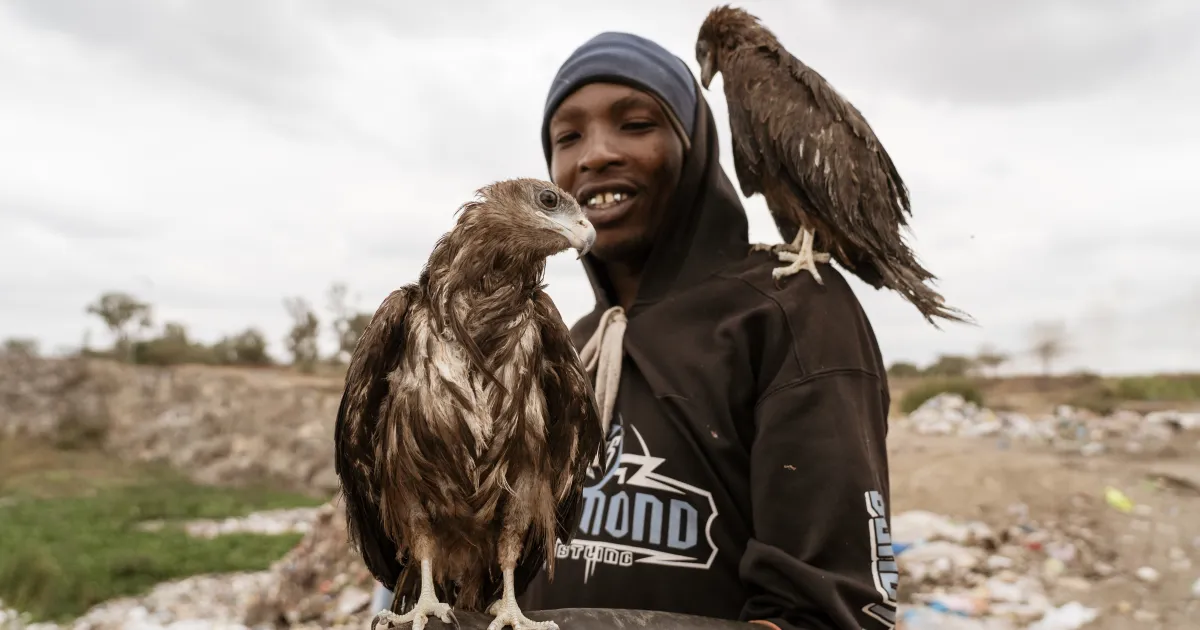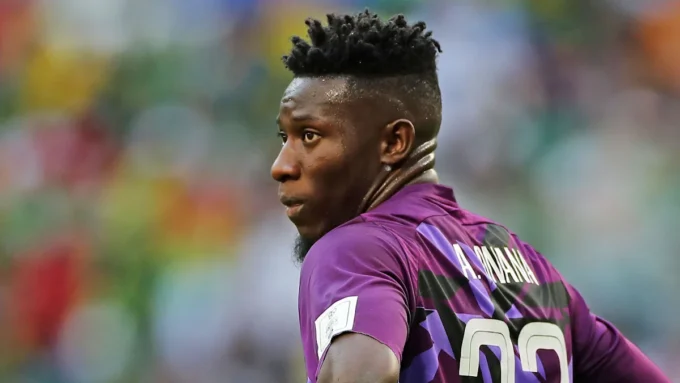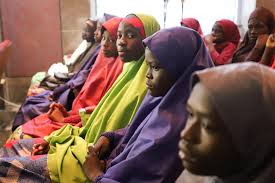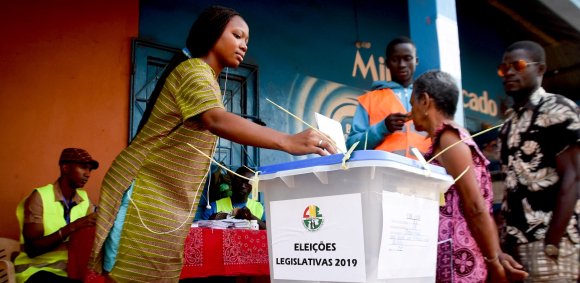In the heart of Kenya’s bustling capital, Nairobi, a young man named Rodgers Oloo Magutha has become an unlikely symbol of resilience, compassion, and hope. Known affectionately as the “Nairobi Birdman,” the 27-year-old has captured public attention for his extraordinary bond with birds that perch on his head and shoulders as he walks the crowded city streets. His unique companionship with the creatures he rescues has not only earned him local fame but has also shed light on the struggles of Nairobi’s homeless community and the beauty of unexpected kinship born in hardship.
Magutha’s story begins in Nakuru, a Rift Valley city famed for its rich birdlife and scenic Lake Nakuru National Park. As a child, he was drawn to birds flamingos, pelicans, and pigeons often sneaking into the park to watch them by the water. He describes how he would feed and pet them, amazed at their calmness around him. That early fascination soon became his life’s calling. However, tragedy struck when his mother died suddenly, leaving him an orphan at 13. With no family to depend on, he drifted from one city to another Nakuru, Mombasa, and eventually Nairobi — surviving on the streets by collecting scrap metal and plastic bottles or asking passersby for help.
In Nairobi, near the National Archives building, Magutha found both hardship and belonging. Street life, he says, is defined by daily struggle hunger, violence, and cold nights but it also carries a sense of community among those society often overlooks. Many of his companions are orphans or children escaping abusive homes. Drugs, he says, are a common escape from pain, yet amid that chaos, he tries to nurture hope. He teaches young street children to read and write, offering them the belief that a better life is possible. “They have to believe in something better,” he says softly, “but when you’re on the streets, it’s hard to imagine anything else.”
Magutha’s extraordinary friendship with birds began four years ago. While sharing a meal with his street family on Nairobi’s Moi Avenue, a wounded black kite stumbled toward them. The bird was frail and starving, yet it allowed Magutha to feed it and soon perched on his hand. He named it Johnson after Nairobi’s governor and the two became inseparable. “Johnson became my hope,” Magutha recalls, describing how caring for the bird gave him a renewed sense of purpose. Even when released, Johnson refused to fly away, choosing instead to remain by his side. Over the years, other injured or abandoned birds found him kites, crows, pigeons, an owl, and even a marabou stork. He nurses them back to health, trains them to fly, and sets them free when they recover.
But as Nairobi’s skyline grows and its trees vanish under the weight of development, Magutha’s mission becomes harder. Entire bird habitats are being destroyed as forests give way to highways and office towers. “When the nests fall, the babies are just left there,” he says. “Their mothers don’t come back because they think a predator attacked them.” So far, he has rescued several kites displaced by deforestation and urban expansion, embodying an environmental consciousness often overlooked in discussions about city life.
For Nairobi residents, the sight of Magutha walking through the city surrounded by his birds is both mesmerizing and humbling. Some stop to take pictures, others shy away in fear, but many are drawn to his warmth. Through the birds, he says, people begin to see him and his street community differently — not as threats or beggars, but as human beings with stories and dreams. Worshippers at Jamia Mosque have even nicknamed him Nabi ya Ndege — “the prophet of birds” in Swahili. “The birds made us less invisible,” he says. “My dream is to show that we, too, deserve dignity and love.”
His story gained national attention during Kenya’s anti-government protests in June 2024, when thousands of young people took to the streets to demand accountability and economic reform. That day, Magutha, unaware of the planned demonstrations, joined the crowd with his birds perched on him. Photos of the “Nairobi Birdman” among protesters quickly went viral, making him an unexpected symbol of peace and resilience in a time of unrest. But the fame came at a cost — he was beaten by police, shot in the head with a rubber bullet, and struck by tear gas during the protests. Despite his injuries, footage showed his birds clinging to him, refusing to leave his side even as rescuers tried to carry him to safety.
Today, Magutha lives on the edge of the city in Kayole, after a well-wisher offered him temporary shelter. His flock — both birds and his street family — remain his greatest companions. Together, they remind Nairobi of the humanity that thrives even in society’s forgotten corners. To him, every rescued bird is a story of redemption and survival, a reflection of his own journey through loss, resilience, and hope.
“I like to see people smiling,” he says, watching a child pet one of his birds. “If the birds can make people kinder, then maybe we can make the world a little better.”
Through his bond with the city’s skies, Nairobi’s “Birdman” has done more than rescue animals he has rescued empathy, teaching an entire city to see the invisible and to find beauty in the broken.














Leave a comment